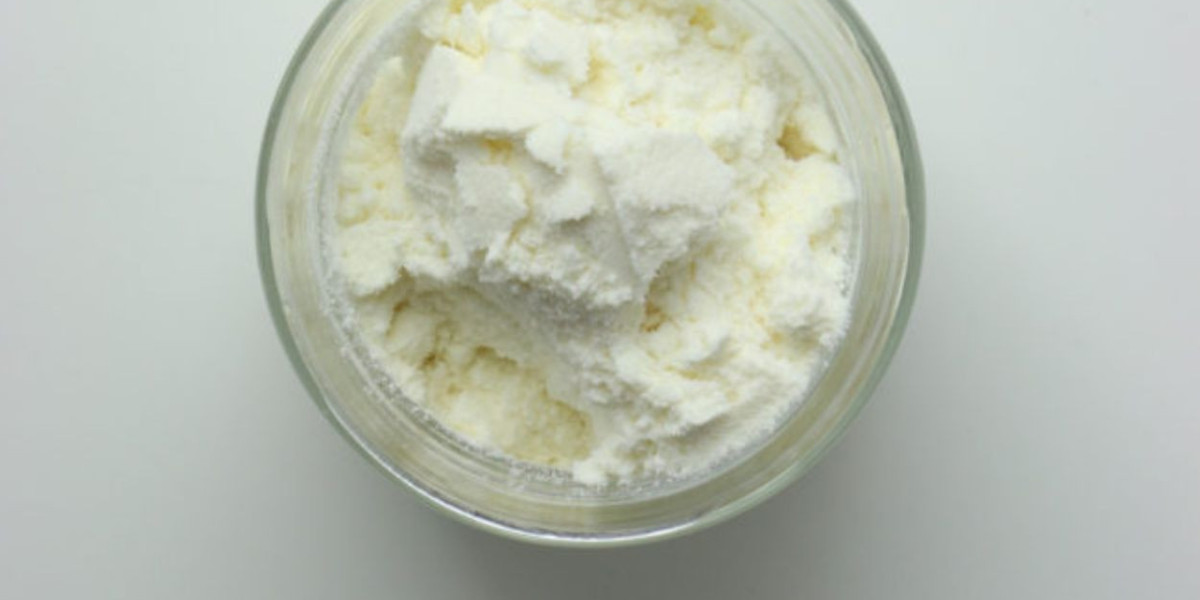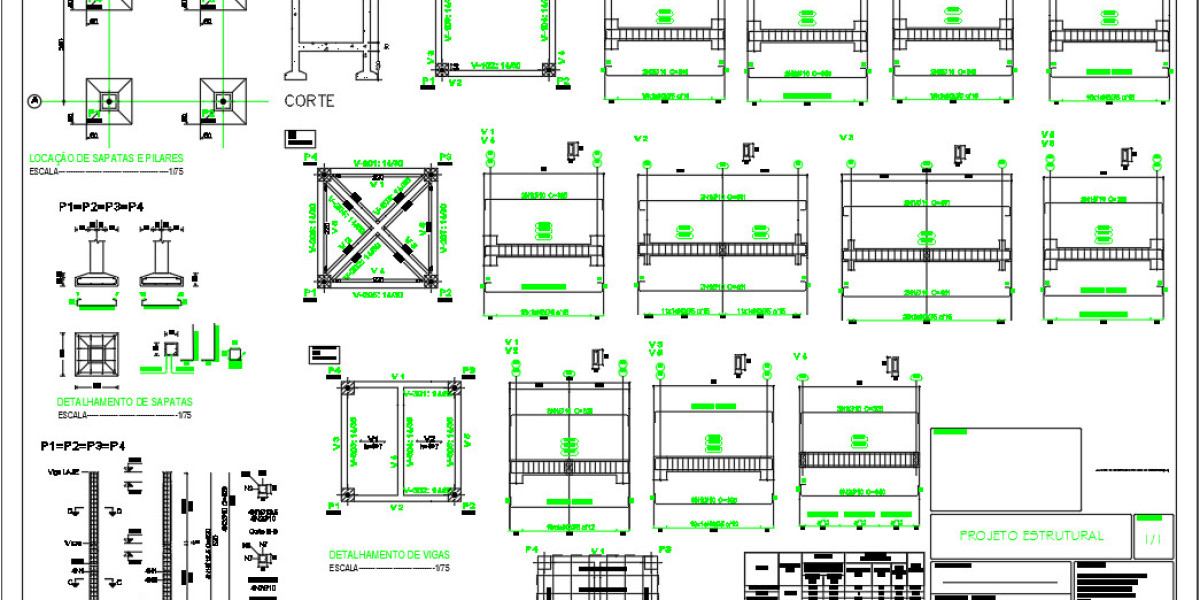Introduction
The Mozzarella Cheese Powder Manufacturing Plant Project Report provides a detailed framework for setting up a plant that specializes in the production of mozzarella cheese powder. Mozzarella cheese is one of the most popular cheeses worldwide, used extensively in pizza, pasta, salads, and snacks. By transforming mozzarella cheese into a powder, manufacturers can extend its shelf life, ease storage, and facilitate its use in a wide range of food products.
Mozzarella cheese powder offers the same flavor and nutritional benefits as fresh mozzarella but in a more convenient, cost-effective form. The global demand for cheese powder, particularly mozzarella, is on the rise, driven by the growth of the convenience food market and the increasing popularity of packaged foods. This report outlines the essential components, including production processes, technology, raw materials, market trends, and financial projections for setting up a mozzarella cheese powder manufacturing plant.
Market Overview and Demand
The market for mozzarella cheese powder is expanding due to several factors:
Growth in Convenience Foods: As more consumers opt for quick and easy meal options, demand for cheese powder in processed and convenience foods (e.g., ready-to-eat meals, snacks, frozen foods) has surged.
Rising Popularity of Pizza and Pasta: Mozzarella is a staple ingredient in pizzas and pastas. The growing global consumption of these foods is driving demand for mozzarella cheese powder, especially in the fast-food and snack industries.
Long Shelf Life and Storage Benefits: Powdered cheese has a much longer shelf life than fresh cheese, which is a significant advantage for both producers and consumers. This makes mozzarella cheese powder an attractive option for both food manufacturers and consumers who prefer products with extended storage capabilities.
Food Processing and Ingredient Market: The use of cheese powder as an ingredient in sauces, soups, snack foods, and dips is increasingly popular. The powder can be easily incorporated into various formulations, making it a versatile product for the food processing industry.
Innovation in Flavors and Applications: With the growth of specialty foods and the demand for different flavors, mozzarella cheese powder is often combined with other seasonings and flavors to meet specific consumer preferences, such as in savory snacks and premium frozen foods.
Get a Free Sample Report with Table of Contents@
Objectives of the Mozzarella Cheese Powder Manufacturing Plant
The main objectives of establishing a mozzarella cheese powder manufacturing plant are:
- High-Quality Production: To produce mozzarella cheese powder that retains the flavor, texture, and nutritional value of fresh mozzarella.
- Efficient Production: To minimize production costs through automation, effective resource management, and optimized production processes.
- Innovation and Diversification: To offer a range of cheese powder products that cater to various market segments, including premium and budget consumers.
- Sustainability: To ensure that the plant adopts eco-friendly practices in sourcing raw materials, energy consumption, and waste management.
- Market Competitiveness: To establish the plant as a leader in mozzarella cheese powder production by maintaining high standards and staying ahead of industry trends.
Manufacturing Process of Mozzarella Cheese Powder
The production of mozzarella cheese powder involves several key steps, from raw material sourcing to the final packaging of the powdered product.
1. Raw Material Sourcing
The primary raw material for producing mozzarella cheese powder is fresh mozzarella cheese. The key ingredients for mozzarella cheese include:
- Milk: High-quality cow's milk or buffalo's milk, depending on the desired flavor and texture.
- Rennet: An enzyme used to coagulate the milk.
- Salt: Added for flavor and preservation.
- Acidifiers: Used to help the milk curdle and form the cheese.
Other materials involved in the drying process include stabilizers, anti-caking agents, and emulsifiers to ensure the powder flows freely and retains quality.
2. Cheese Production
The first step is to produce fresh mozzarella cheese from the raw milk. The general process involves:
- Milk Pasteurization: Milk is heated to kill harmful bacteria.
- Coagulation: Rennet and acidifiers are added to coagulate the milk and form curds.
- Curd Processing: The curds are then cut, cooked, and stretched to form the characteristic texture of mozzarella.
- Salting: The cheese is salted to enhance flavor and preserve it.
3. Drying Process
Once the mozzarella cheese is made, it is dried to create the powdered form. The drying process typically involves:
- Spray Drying: Fresh mozzarella cheese is first converted into a slurry or paste and then fed into a spray dryer. In the spray drying process, the paste is atomized into fine droplets that are exposed to hot air. As the droplets dry, the water evaporates, leaving behind fine particles of cheese powder.
- Freeze Drying: In some cases, freeze-drying may be used for a higher quality product. This involves freezing the mozzarella cheese and then removing moisture under vacuum. Freeze-drying helps preserve more of the flavor and nutrients of the original cheese.
- Cooling and Milling: After drying, the cheese powder is cooled and milled to ensure a consistent particle size.
4. Addition of Stabilizers and Anti-caking Agents
To ensure that the mozzarella cheese powder maintains its free-flowing nature, stabilizers and anti-caking agents such as silicon dioxide or starch are added. These ingredients prevent the powder from clumping together and ensure smooth handling during packaging.
5. Quality Control
The mozzarella cheese powder undergoes stringent quality control measures to ensure consistency, safety, and flavor. Quality control involves testing for:
- Moisture Content: To ensure the powder has the appropriate dryness.
- Texture: To check that the powder flows freely without clumping.
- Flavor and Aroma: To confirm that the powder retains the characteristic taste and smell of fresh mozzarella.
- Nutritional Analysis: To ensure that the nutritional content, including protein, fat, and calcium, remains consistent with fresh mozzarella cheese.
6. Packaging
The final product is packaged in moisture-proof, airtight containers or vacuum-sealed pouches to maintain its shelf life and prevent contamination. The packaging should be designed to protect the powder from light and air, which can degrade its quality over time.
Equipment and Technology Requirements
The equipment required for the production of mozzarella cheese powder includes:
- Milk Pasteurization Unit: For heating milk to kill harmful bacteria and prepare it for cheese-making.
- Cheese Processing Equipment: To coagulate, cut, and stretch the curds, including vats, mixers, and curd cutters.
- Spray Drying System: The key machinery for transforming mozzarella cheese into powder through spray drying.
- Freeze Drying System (Optional): For producing high-quality mozzarella cheese powder with superior flavor retention.
- Milling Equipment: To grind the dried cheese into fine powder.
- Quality Control Instruments: For testing moisture, texture, and flavor consistency.
- Packaging Machines: For filling and sealing the powdered cheese in suitable packaging.
Investment and Financial Projections
Setting up a mozzarella cheese powder manufacturing plant involves substantial investment in equipment, raw materials, and infrastructure. The initial investment will cover:
Capital Investment:
- Facility Construction: Building the manufacturing facility and ensuring compliance with food safety standards.
- Machinery: Purchasing cheese-making, drying, milling, and packaging equipment.
- Raw Materials: Procuring high-quality milk, rennet, and other ingredients.
- Labor: Hiring skilled workers for production, quality control, and administration.
Operating Costs:
- Raw Materials: Ongoing costs for milk, rennet, salt, and other ingredients.
- Labor: Wages for workers and management.
- Energy Costs: Power consumption for the drying and milling processes.
- Maintenance: Regular maintenance of equipment and machinery.
Revenue Generation:
- The primary source of revenue will be from the sale of mozzarella cheese powder to food manufacturers, snack producers, and the food service industry. The market for cheese powder is expected to grow with the increasing demand for processed foods and snacks.
Return on Investment (ROI):
- The plant can achieve profitability within 2-3 years, depending on production scale, market penetration, and operational efficiency.
Regulatory Compliance and Certifications
To ensure the quality and safety of the product, the mozzarella cheese powder manufacturing plant must adhere to several regulatory standards:
- Food Safety Standards: The plant must comply with local food safety regulations, such as the FDA (Food and Drug Administration) or EFSA (European Food Safety Authority) standards.
- ISO Certifications: Achieving certifications like ISO 9001 (quality management) and ISO 22000 (food safety management) can enhance the plant’s credibility.
- Environmental Compliance: The plant must comply with environmental regulations regarding waste management and energy consumption.
Media Contact
Company Name: Claight Corporation
Contact Person: Lewis Fernandas, Corporate Sales Specialist — U.S.A.
Email: sales@expertmarketresearch.com
Toll Free Number: +1–415–325–5166 | +44–702–402–5790
Address: 30 North Gould Street, Sheridan, WY 82801, USA
Website: www.expertmarketresearch.com
Aus Site: https://www.expertmarketresearch.com.au







